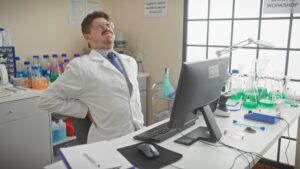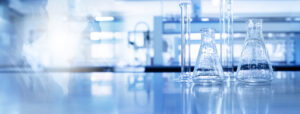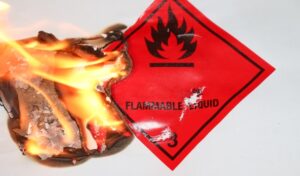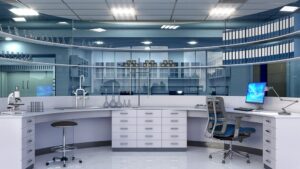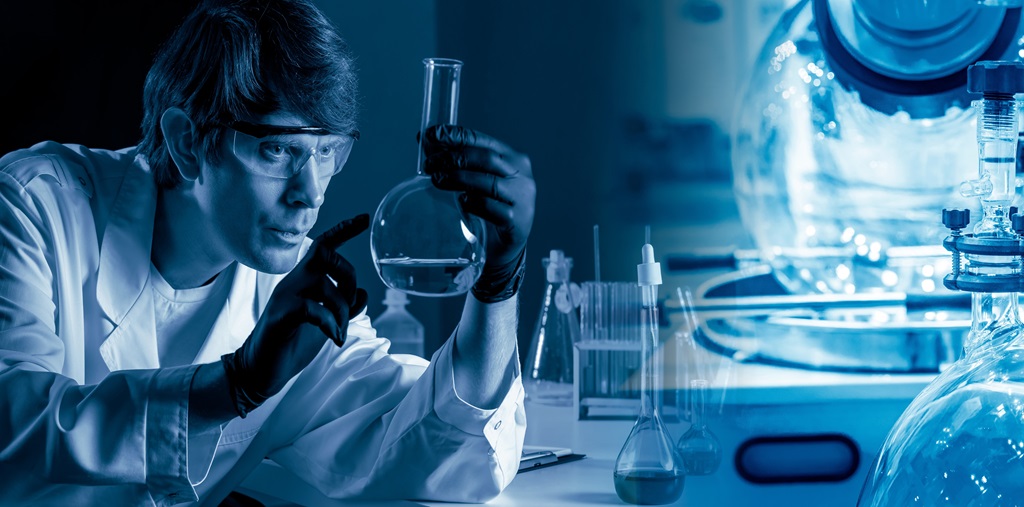
Scientific laboratories are the heart of innovation and discovery, serving as the birthplace of breakthroughs that advance our understanding of the world. Scientific labs are meticulously designed spaces that are more than just rooms filled with equipment; they are dynamic environments where precision, safety, and efficiency converge to enable cutting-edge research and development.
In the rapidly evolving fields of science and technology, the importance of a well-structured laboratory cannot be overstated. Whether it’s a pharmaceutical lab developing life-saving medications, an academic lab conducting fundamental research, or an industrial lab testing new materials, the design, and functionality of these spaces are crucial to their success.
This article delves into what makes a scientific lab tick, exploring the foundational elements that underpin effective laboratory design. From the layout and structural components to essential equipment, safety features, and innovative technologies, we will provide an in-depth look at the key aspects that contribute to the seamless operation of a modern scientific lab.
Whether you are considering a new scientific lab project or looking to upgrade an existing facility, understanding these critical components will help you create a space that fosters innovation and efficiency.
The Foundation of a Scientific Lab
The foundation of a scientific lab lies in its meticulous design and robust structural components. A well-designed lab maximizes workflow efficiency, ensures safety, and provides the flexibility to adapt to future needs. This section explores the critical aspects of lab design and the essential structural elements that form the backbone of any successful laboratory.
1. Design and Layout
The design and layout of a scientific lab play a pivotal role in its functionality. A thoughtfully planned layout enhances workflow efficiency by minimizing unnecessary movement and ensuring that essential equipment and workstations are strategically placed. Key considerations in scientific lab design include:
- Workflow Efficiency: Ensuring a logical flow of activities to optimize productivity and minimize cross-contamination.
- Safety: Integrating safety features and ensuring compliance with regulatory standards to protect lab personnel and the environment.
- Flexibility: Designing adaptable spaces that can be reconfigured to meet changing research needs or accommodate new technologies.
A well-planned scientific lab layout improves operational efficiency and contributes to a safer and more pleasant working environment.
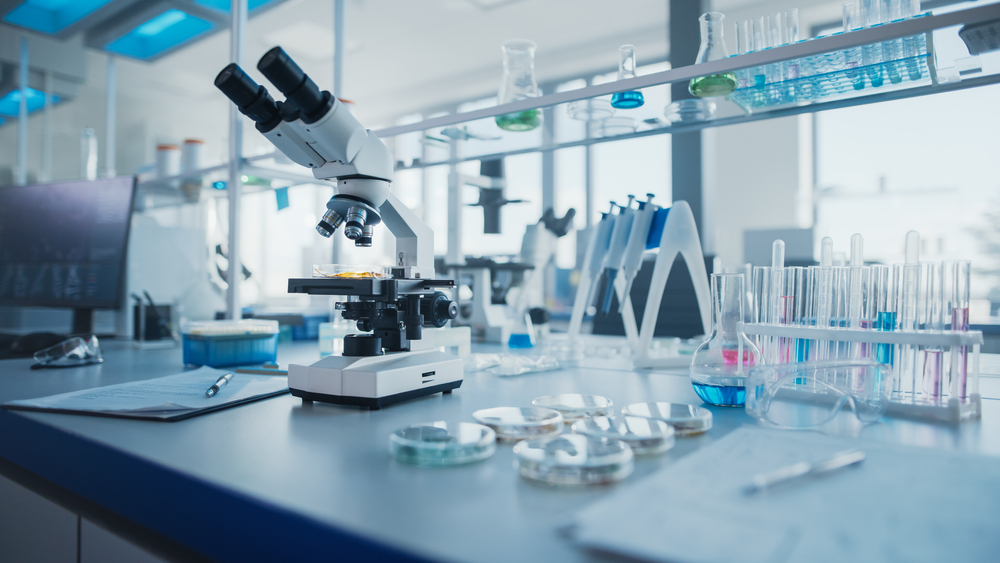
Additional Reading: Laboratory Furniture Design Trends: Combining Aesthetics with Practicality
2. Structural Components
The choice of construction materials and the structural components used in a scientific lab are critical to its durability and functionality. Here are some key considerations:
- Durable Construction Materials: Utilizing materials like steel, stainless steel, and powder-coated finishes ensures that lab structures can withstand the rigors of daily use, resist corrosion, and maintain their integrity over time. These materials are not only durable, but also easy to clean and maintain, which is essential in maintaining a sterile environment.
- Modular and Adaptable Structures: Modular lab furniture and components allow for easy reconfiguration and scalability. This flexibility is particularly important in research environments where the needs can evolve rapidly. Modular systems can be customized to fit specific requirements and can be expanded or modified as necessary.
By focusing on these foundational elements, scientific lab designers can create environments that support scientific endeavors effectively. The next section will delve into the essential equipment and tools that equip these well-designed spaces for success.
Essential Equipment and Tools
Equipping a scientific lab with the right tools and equipment is crucial for its functionality and success. From workstations to specialized machinery, each piece plays a vital role in supporting the research and activities conducted within the lab. This section outlines the essential equipment and tools that form the backbone of a well-equipped scientific laboratory.
1. Lab Benches and Workstations
Lab benches and workstations are the primary work areas in any lab. They must be designed for durability, functionality, and ergonomics to enhance productivity and safety. Key considerations include:
- Types of Workstations: Different types of workstations are needed for various scientific lab activities. Wet lab benches, dry lab benches, and chemical-resistant benches cater to specific requirements, ensuring that the right surface is available for each task.
- Ergonomics and Productivity: Ergonomically designed workstations reduce strain on lab personnel, improving comfort and productivity. Adjustable-height benches, anti-fatigue mats, and proper lighting are essential elements.
2. Storage Solutions
Effective storage solutions are vital for maintaining an organized and efficient scientific lab. Proper storage ensures that tools and materials are readily accessible while maintaining safety and compliance. Key components include:
- Cabinets: Steel, stainless steel, and chemical-resistant cabinets provide secure storage for chemicals, samples, and equipment. Their durability and resistance to corrosion make them ideal for scientific lab environments.
- Shelving and Organization Systems: Adjustable shelving units and modular storage systems allow for customizable and efficient organization. Proper labeling and inventory management systems further enhance efficiency.
3. Specialized Equipment
Scientific labs require a range of specialized equipment tailored to the specific research and activities conducted within the space. Essential pieces of specialized equipment include:
- Microscopes: From basic optical microscopes to advanced electron microscopes, these tools are fundamental for observation and analysis at the micro and nano levels.
- Centrifuges: Used for separating substances of different densities, centrifuges are essential for many biochemical and medical applications.
- Spectrophotometers: These instruments measure the intensity of light and are crucial for various types of analysis in chemical and biological research.
- Fume Hoods and Safety Cabinets: Fume hoods protect scientific lab personnel from hazardous fumes and chemicals, while safety cabinets provide secure storage for volatile substances. When choosing a laboratory equipment supplier, look for one that is a member of the Scientific Equipment and Furniture Association (SEFA), as this affiliation signifies a commitment to high industry standards and best practices.
Additional Reading: Decoding Laboratory Fume Hood Design: Best Practices for Safety
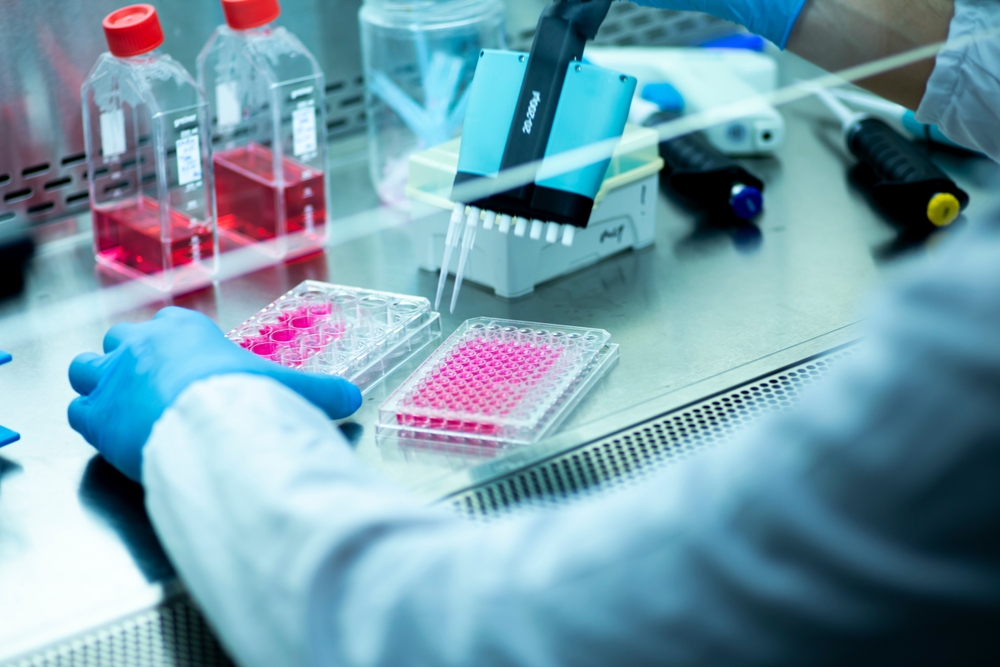
4. Technological Integration
Modern scientific labs are increasingly reliant on advanced technology to enhance their capabilities and efficiency. Key aspects of technological integration include:
- Integrated Systems: Incorporating IoT (Internet of Things) devices and lab management software allows for real-time monitoring, data collection, and analysis, streamlining scientific lab operations.
- Automation and Robotics: Automation reduces human error and increases efficiency in repetitive tasks. Robotic systems can handle everything from sample preparation to complex experimental procedures.
By equipping a lab with these essential tools and equipment, scientific lab designers can ensure that researchers have the resources they need to conduct their work effectively and safely. The next section will focus on the importance of safety and compliance in lab design and operation.
Safety and Compliance
Safety and compliance are paramount in any scientific laboratory. Ensuring that a scientific lab meets regulatory standards and incorporates essential safety features protects both personnel and the environment. This section examines the critical aspects of safety and compliance that must be addressed in lab design and operation.
1. Regulatory Standards
Adherence to regulatory standards is a fundamental aspect of scientific lab safety. These standards, set by various national and international bodies, ensure that labs operate safely and responsibly. Key considerations include:
- Overview of Safety Regulations: Familiarity with regulations such as OSHA (Occupational Safety and Health Administration) in the United States, or equivalent bodies in other countries, is essential. These regulations cover everything from chemical handling to equipment safety.
- Importance of Compliance: Compliance is not only a legal requirement, but also a best practice that ensures a safe working environment. Regular audits and inspections help maintain adherence to these standards, minimizing the risk of accidents and ensuring the lab operates smoothly.
2. Safety Features
Incorporating robust safety features into lab design is crucial for protecting scientific lab personnel from potential hazards. Essential safety features include:
- Ventilation Systems: Proper ventilation is vital for maintaining air quality and removing hazardous fumes and contaminants. This includes general ventilation as well as specialized systems like fume hoods.
- Emergency Equipment: Readily accessible emergency equipment, such as eyewash stations, safety showers, and fire extinguishers, is essential for responding to accidents. Clear signage and regular drills ensure that scientific lab personnel know how to use this equipment effectively.
- Personal Protective Equipment (PPE): Providing and enforcing the use of PPE, such as lab coats, gloves, goggles, and face shields, protects individuals from exposure to hazardous materials. Training on proper use and maintenance of PPE is also crucial.
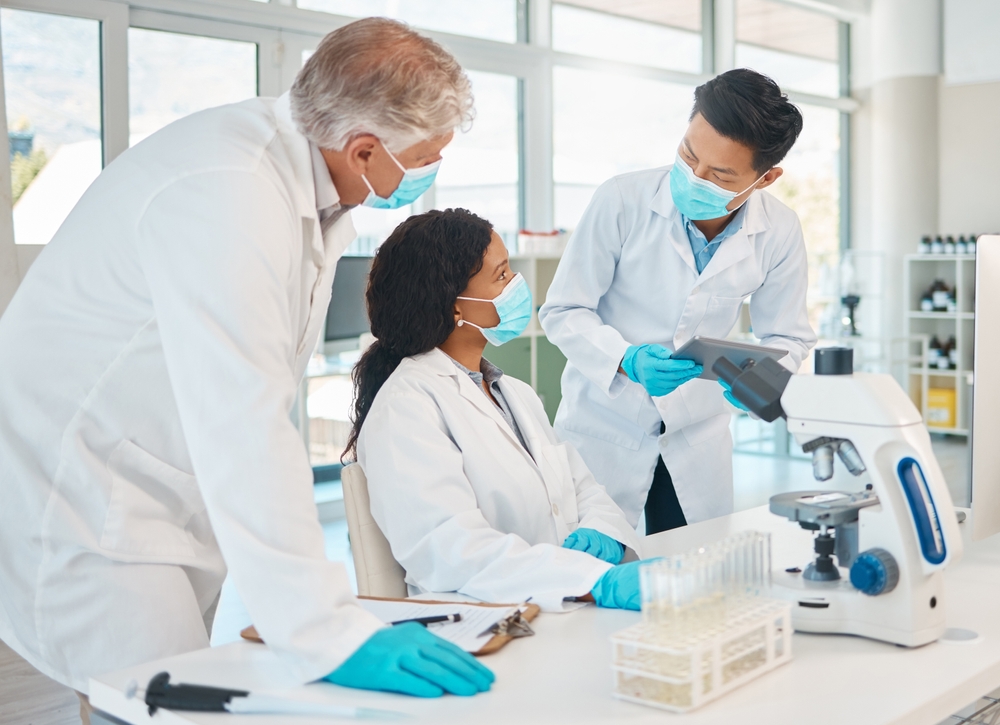
3. Chemical Management
Proper management of chemicals is a critical aspect of scientific lab safety. This includes safe storage, handling, and disposal of hazardous substances. Key practices include:
- Proper Storage and Handling: Chemicals must be stored in appropriate containers and environments, with clear labeling and separation of incompatible substances. Proper handling procedures, including the use of PPE and fume hoods, reduce the risk of exposure.
- Waste Disposal Protocols: Safe and compliant disposal of chemical waste is essential to protect both lab personnel and the environment. This includes following local regulations for hazardous waste disposal and using designated waste containers.
By prioritizing safety and compliance, labs can create a secure environment that fosters productive and innovative work. The next section will explore how innovation and efficiency can further enhance the functionality of scientific laboratories.
Innovation and Efficiency
In the ever-evolving landscape of scientific research, innovation and efficiency are key drivers of success. Modern laboratories must not only be safe and compliant, but also incorporate the latest technologies and design principles to enhance productivity and foster groundbreaking discoveries. This section explores how innovation and efficiency can be integrated into scientific lab design and operation.
1. Green Lab Initiatives
Sustainability is becoming increasingly important in laboratory design. Green lab initiatives focus on reducing environmental impact while maintaining high standards of safety and functionality. Key elements include:
- Sustainable Practices and Materials: Using environmentally friendly materials, such as recycled steel and low-VOC (volatile organic compound) coatings, helps reduce the lab’s carbon footprint. Implementing energy-efficient practices, like minimizing water and energy consumption, further enhances sustainability.
- Energy-Efficient Equipment and Design: Investing in energy-efficient scientific lab equipment, such as low-energy freezers and LED lighting, can significantly reduce operational costs. Designing labs to maximize natural light and optimize HVAC (heating, ventilation, and air conditioning) systems also contributes to energy efficiency.
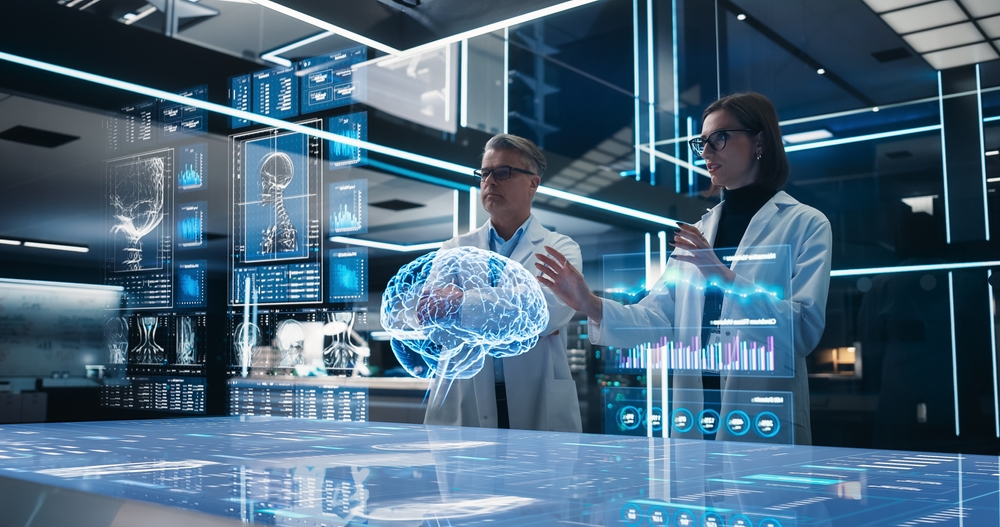
2. Automation and Robotics
Automation and robotics are transforming modern laboratories by increasing efficiency, accuracy, and throughput. Incorporating these technologies can streamline workflows and free up scientific lab personnel for more complex tasks. Key benefits include:
- Increased Efficiency: Automation reduces the time required for repetitive tasks, such as sample preparation and data entry, allowing researchers to focus on analysis and interpretation. Automated systems can operate continuously, increasing productivity.
- Enhanced Accuracy: Robotic systems and automated instruments minimize human error, improving the reliability and reproducibility of experimental results. This precision is particularly important in high-stakes research areas, such as drug development and clinical diagnostics.
- Examples of Robotic Systems: Automated liquid handling systems, robotic sample storage and retrieval, and high-throughput screening platforms are just a few examples of how robotics can be integrated into scientific lab operations.
3. Collaboration and Flexibility
Modern scientific research often involves interdisciplinary collaboration, requiring scientific lab spaces to be flexible and adaptable. Designing labs to facilitate collaboration and accommodate changing needs is crucial for fostering innovation. Key considerations include:
- Designing for Interdisciplinary Collaboration: Open lab layouts, shared workspaces, and collaborative zones encourage interaction and knowledge exchange among researchers from different fields. Incorporating meeting rooms and breakout areas further supports teamwork.
- Flexible Spaces: Modular furniture and movable partitions allow labs to be reconfigured quickly and easily, adapting to new projects and evolving research needs. Flexible scientific lab spaces can accommodate new equipment and technologies without requiring extensive renovations.
By embracing green lab initiatives, automation, and flexible design principles, laboratories can enhance their efficiency and support innovative research.
Conclusion
In the intricate world of scientific research, the design and functionality of a laboratory are pivotal to its success. From the foundational elements of layout and structural components to the essential equipment and tools, each aspect plays a critical role in creating an environment where innovation can thrive.
Prioritizing safety and compliance ensures a secure workspace, while embracing modern technologies and sustainable practices enhances efficiency and adaptability.
By understanding and integrating these key components, expert laboratory designers like Genie Scientific can create cutting-edge facilities that meet the current needs of researchers and anticipate and adapt to future challenges. Whether constructing a new scientific lab or upgrading an existing one, investing in thoughtful design and innovative solutions is essential for fostering scientific breakthroughs. View past lab design and development projects here.

